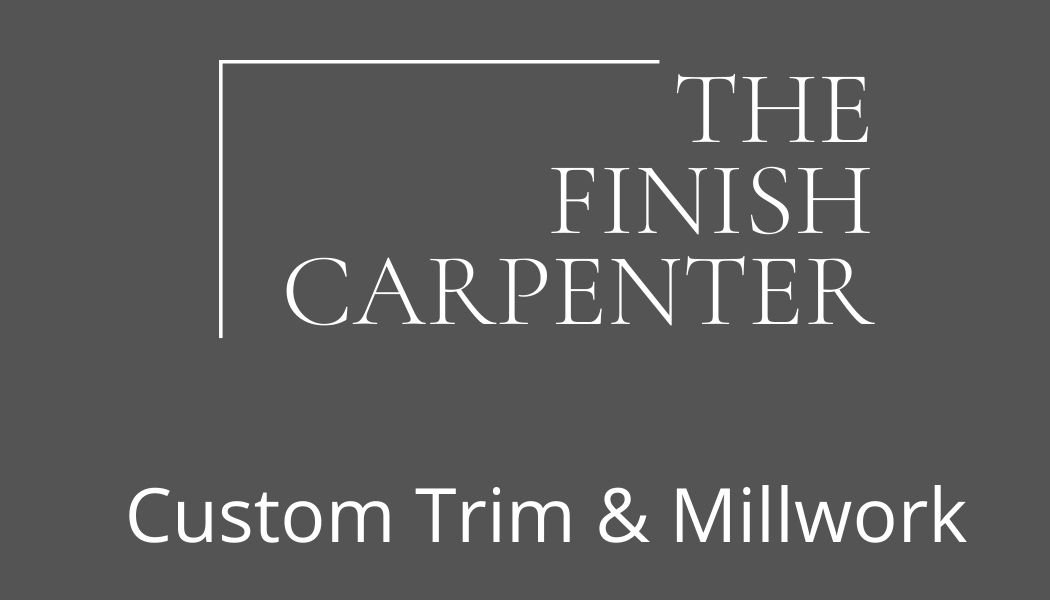What is Wainscoting?
Wainscoting is a type of decorative wall paneling that is typically installed on the lower portion of interior walls, often covering the bottom third or half of the wall's height. It serves both a functional and aesthetic purpose in interior design. The term "wainscoting" is derived from the Middle English word "waghen-schot," which means "wagon partition" or "wall protection."
Wainscoting can be made from various materials, including wood, MDF (medium-density fiberboard), PVC, and even tile or stone. Common styles of Wainscoting in Toronto include beadboard, raised panel, flat panel, and board-and-batten, among others. Each style has its own distinct look and can be chosen to match the overall design and decor of a room.
The primary functions of wainscoting are:
Protection: Wainscoting helps protect the lower portion of walls from damage caused by furniture, foot traffic, and other potential sources of wear and tear. It can also act as a barrier against moisture and humidity.
Decoration: Wainscoting adds visual interest and texture to a room. It can enhance the overall aesthetic and design of a space by introducing architectural details and a sense of depth.
Insulation: In some cases, wainscoting can provide additional insulation to a room, especially if it is made from a material with insulating properties, such as wood.
Acoustic Improvement: Depending on the material used, wainscoting can help improve the acoustics of a room by absorbing or diffusing sound.
Wainscoting is commonly used in various interior settings, including dining rooms, hallways, foyers, bathrooms, and bedrooms. It can be painted or stained in a variety of colors to match the room's decor, and it is often combined with other architectural elements like crown molding and baseboards to create a cohesive and visually appealing look.

